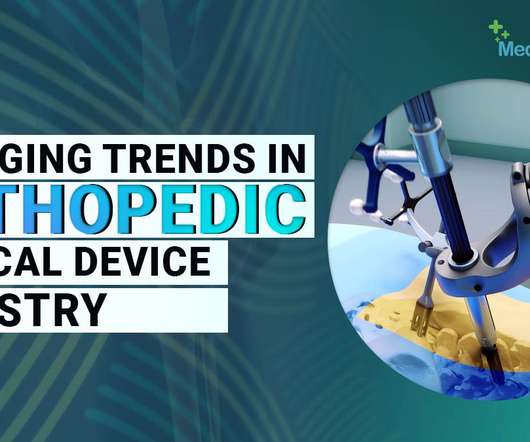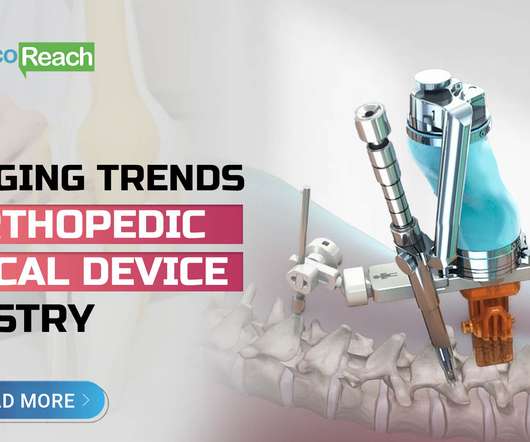GAMP 5 update: computerized system expectations for pharma manufacturers
European Pharmaceutical Review
NOVEMBER 15, 2022
The validation of computerized systems should be focused on ‘intended use’ and scaled commensurate with the risks to patient safety, product quality and data integrity” The focus until now has too often been on compliance and not on quality. Takeaways from ISPE’s GAMP 5 Second Edition update.












Let's personalize your content